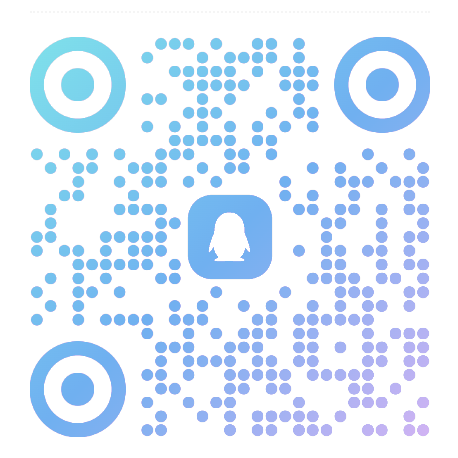错误检测英文
Error detection is the process of identifying and correcting errors in computer systems, data, or software programs. It involves analyzing data to find inconsistencies, inaccuracies, or other issues that may cause problems.
类型和方法
Error detection can be broadly classified into two categories: static and dynamic.
Static error detection methods analyze data before it is processed by a system. These methods include syntax checking, code analysis, and unit testing. For example, syntax checking checks whether a program's code follows a set of rules, while code analysis examines the structure and logic of the code for potential errors.
Dynamic error detection methods analyze data as it is being processed by a system. These methods include monitoring and logging, real-time error reporting, and automated error recovery. For example, monitoring and logging track the flow of data through a system and log any anomalies or errors that occur.
应用
Error detection is used in many different applications, including software development, data analysis, and cybersecurity. In software development, error detection helps catch bugs and ensure that the software functions correctly. In data analysis, error detection helps identify outliers and other issues in the data that may affect its accuracy. In cybersecurity, error detection helps detect and prevent attacks on computer systems.









